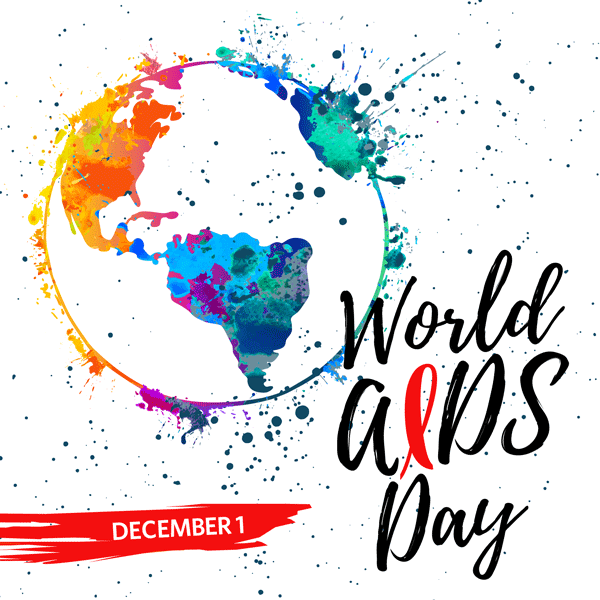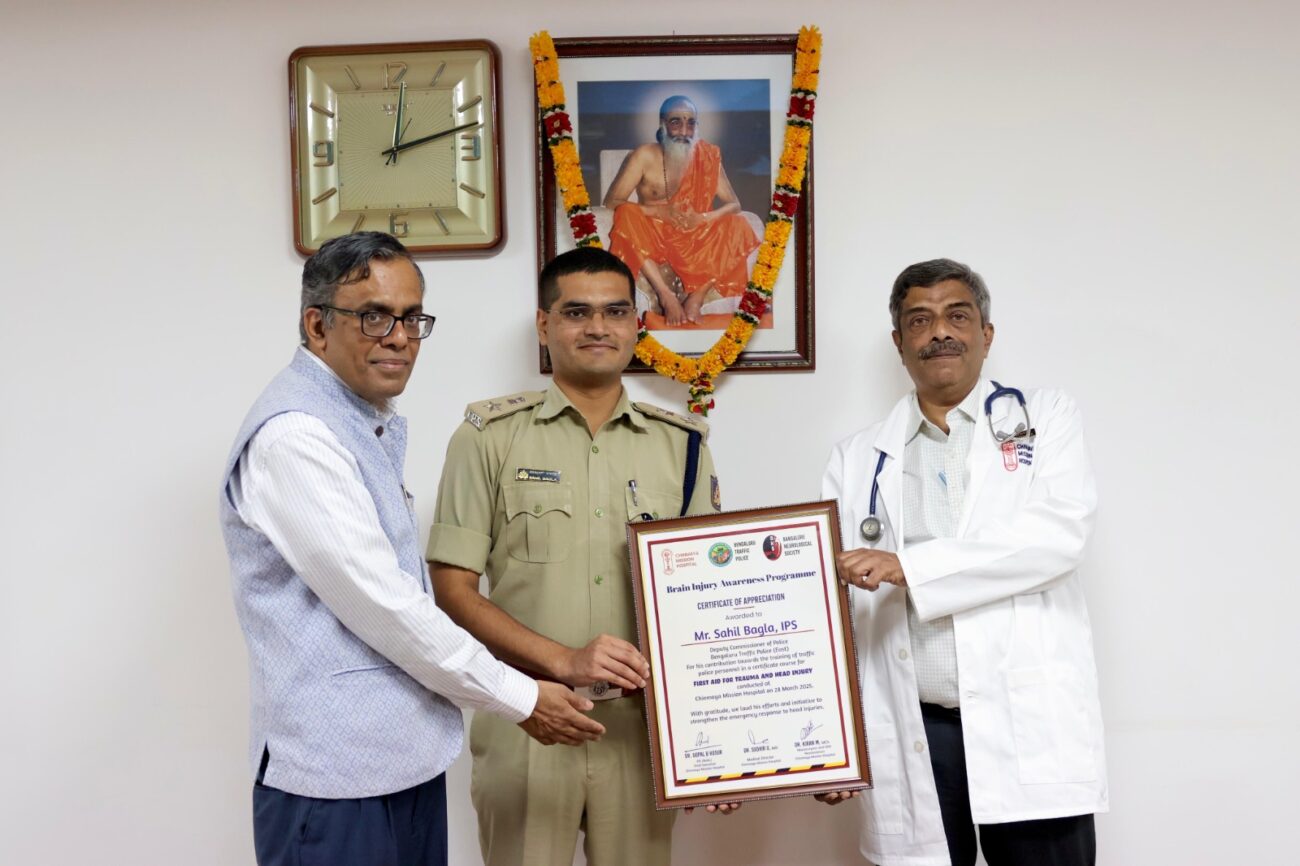Bridging the Gap: Overcoming pandemic disruptions to HIV testing
Of India’s 23.5 lac (2.35 million) people living with HIV, only 17.8 lacs (1.78 million) know their status. 13.8 lacs (1.38 million) are on antiretroviral treatment, of which 84% are virally suppressed HIV-1 Viral

- Of India’s 23.5 lac (2.35 million) people living with HIV, only 17.8 lacs (1.78 million) know their status. 13.8 lacs (1.38 million) are on antiretroviral treatment, of which 84% are virally suppressed
- HIV-1 Viral Load Testing – critical to monitoring HIV viral suppression – fell by ~41% in 2020 alone, owing to the pandemic[i]
- World AIDS Day, 1st December, is an important day to highlight the gaps in HIV testing and support a return to testing, through scalable solutions, across India
India is home to the third largest number of People Living with HIV (PLHIV) in the world – an estimated 23.5 lac[ii] (2.35 million). Amongst the adult population in the country, the HIV prevalence is roughly 0.22%, though this rate is far higher amongst specific at-risk populations.[iii]
With the onset of the pandemic, the continuum of care for PLHIV, including access to routine services, was disrupted, challenging gains made in HIV testing and care.[i],[ii] The vulnerable population faced several obstacles – fear of infection resulting in reduced consultations and hospitals being converted to pandemic care facilities.[iii]. HIV testing fell by ~41% in 2020 alone, across Asia and Africa.[iv] While testing protocol was impacted by the pandemic, India is gearing to meet the new UNAIDS’ fast-track 95-95-95 goals by 2030, adopted by the National AIDS Control Organization, and the UN Sustainable Development Goal of ‘Ending the AIDS Epidemic as a Public Health Threat by 2030.’
Currently, of the estimated 23.5 lac (2.35 million) PLHIV, 17.8 lac (1.78 million) know their status. Of these, 13.8 lac (1.38 million) are on antiretroviral treatment (ART). As of March 2020, among those on ART, 84% (as opposed to the 95% target) were found virally suppressed.[v]
Dr. Sunita Upadhyaya, Associate Director for Programs, CDC said, “A streamlined approach to HIV care is a must to bridge the gap in testing, with only 65% of India’s annual target of 13.8 lac (1.38 million) viral load tests
conducted this year. Addressing this, the government has a future-forward vision to transform the national approach to HIV care, with significant plans to take charge of treatment centres, viral load testing and optimize lab functioning pan-India. Facilitating a smooth transition for states, the CDC has also extended support, such as in viral load sample transportation, across Manipur, Mumbai, Andhra Pradesh and Telangana.”
Dr. Upadhyaya further added, “A robust, diversified testing approach is required to address the access issues, with a focus on key and vulnerable populations. Testing is also critical to enable patient centricity, empowering those in far-flung regions with access to much-needed diagnostic solutions. Over the last few months, public sector labs spread across the country have made progress by increasing state linkages to testing, which is a welcome step. Recognizing the infectious diseases posing public health threats today, it is critical for the government to leverage existing investments and offer an integrated diagnostic model through a one-stop shop of services, enabling collective screening or testing for HIV, Hepatitis, Sexually Transmitted Infections and COVID-19, particularly for at-risk populations.”
Atanu Mitra, General Manager for Abbott’s Molecular Diagnostics business in India said, “At Abbott, we are committed to helping address the HIV burden in the country and we are working with the National AIDS Control Organization to support the country’s end-to-end testing needs. By leveraging world-class technology and our scientific expertise, we can collectively advance quality diagnostics for viral load testing so that people so that people with or without HIV can get the care they need to live their best lives.
The adoption of a robust testing strategy can scale routine viral load testing (VLT) amongst patients. Presently, there are 64 VLT centres in India, and over 600 ART centres. PLHIV should visit their ART centre every 3 months as per the latest protocol, with VLT sample collection typically aligning with this visit.
VLT is recommended once-a-year for those on first-line treatment, and every six months for those on second-line therapy. It guides care, monitoring, with testing at regular intervals, providing an indication of a PLHIV’s response to treatment.
To overcome issues of accessibility to diagnostics in states with limited connectivity with VLT centres, mixed sample types can be adopted for testing where feasible. While the current protocol covers solely plasma samples, these are associated with stringent control requirements for transportation and storage. Thus, new innovations like Dried Blood Spot (DBS) testing can be scaled up in locations facing logistical challenges of sample transportation. Currently in India, DBS is restricted to children for mother-to-child transmission cases. However, it can be further utilized across different age groups amongst PLHIV to support adherence to routine testing.
Mixed-method technologies can also guide the way forward, via a combination of lab-based centralized testing and point-of-care testing. This can be introduced strategically to scale access to vulnerable groups, including the antenatal population, children, and prison inmates. Local communities, especially in rural areas, can also offer greater support to PLHIV to overcome challenges –stigma, discrimination, and distance from centres, through social support and streamlining delivery of decentralized testing and care services.
This World AIDS Day, December 1st, is an important opportunity to spearhead awareness and action towards global HIV-AIDS control targets through education, prevention, stigma reduction, and accelerated testing and treatment. In line with this year’s theme, ‘Ending the HIV Epidemic: Equitable Access, Everyone’s Voice,’ multi-stakeholder support and initiatives are crucial steps to end this epidemic, in India and worldwide.






